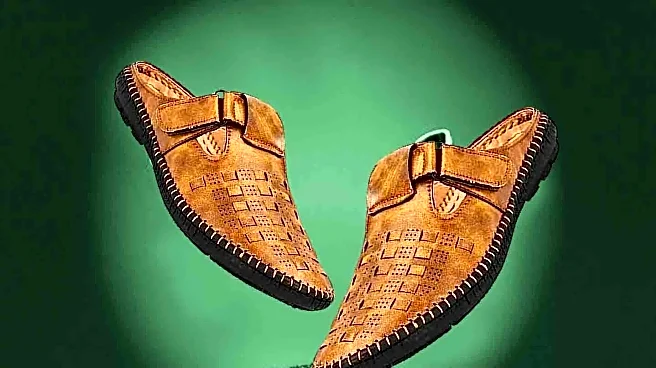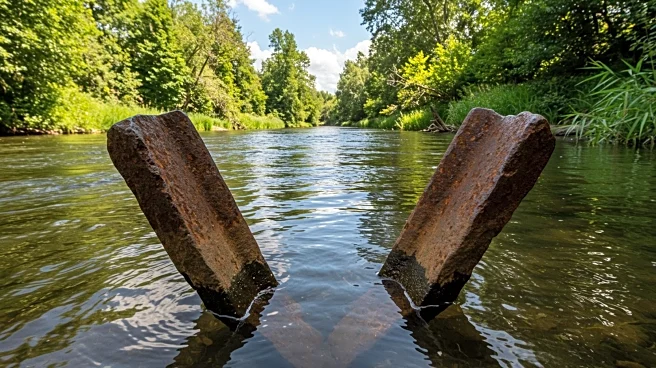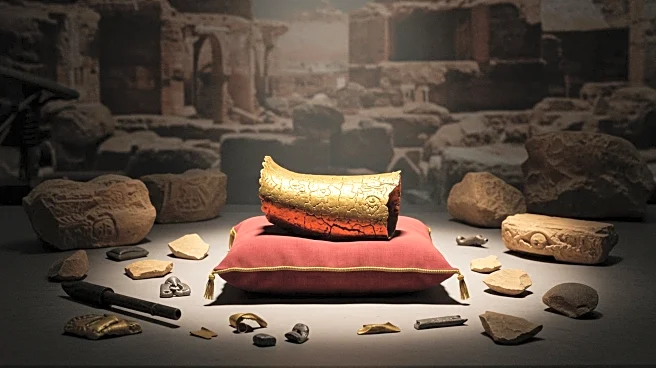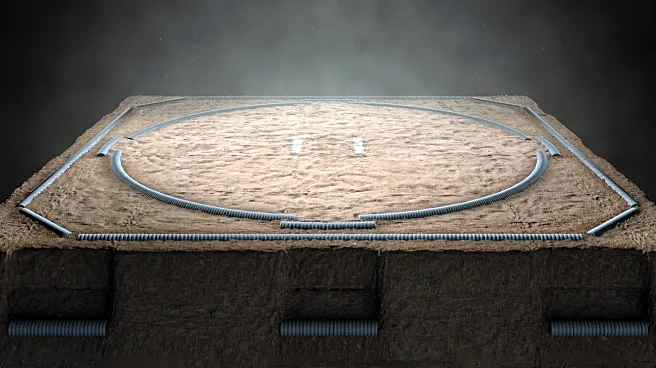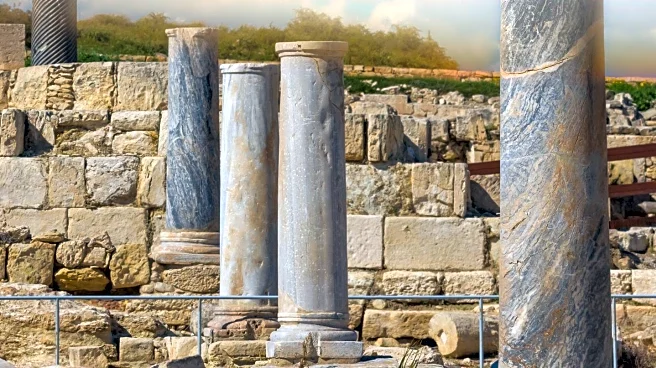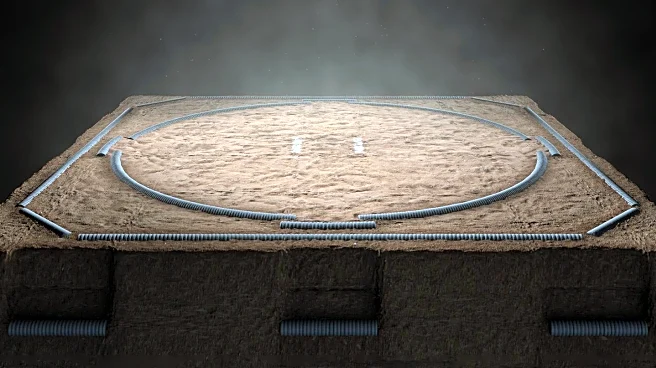Rapid Read • 8 min read
Archaeologists at Magna Roman Fort have discovered unusually large Roman shoes, some measuring over 12 inches, which is significant for the period. This discovery raises questions about the individuals who wore these shoes along Hadrian's Wall. The shoes, found in a defensive ditch, are part of a larger assemblage where about a quarter exceed 11.8 inches. This contrasts with findings at Vindolanda, a nearby site, where supersized shoes are rare. Researchers, including Dr. Elizabeth Greene and Dr. Andrew Birley, are examining these shoes to understand their implications. The shoes are preserved due to anaerobic conditions in the ditch, which slow decay and maintain organic materials.
AD
The discovery of these large Roman shoes provides insights into the daily lives and physical characteristics of people living on the northern frontier of Roman Britain. It suggests variations in body types or supply habits among the garrison or community at Magna. The preservation of these shoes allows archaeologists to study wear patterns, nail layouts, and other features that can reveal information about Roman cobbling techniques, supply routes, and social roles. This contributes to a broader understanding of Roman military and civilian life, health, and hygiene practices, as well as the impact of climate on archaeological preservation.
Further analysis of the shoes will involve careful conservation and measurement to determine their exact size and features. Researchers will compare these findings with the long-term dataset at Vindolanda to understand the differences in footwear. The study will also explore associated pottery and construction phases to place the shoes in historical context. Additionally, the preservation of organic materials in the ditch will continue to be monitored to prevent deterioration due to changing environmental conditions.
The discovery highlights the importance of preserving organic archaeological records, which can provide detailed insights into ancient lifestyles beyond what pottery alone can offer. The study of these shoes may also contribute to paleoparasitology, examining health-related evidence such as parasite eggs found in similar layers, offering a glimpse into the health and hygiene of Roman Britain.
AD
More Stories You Might Enjoy
